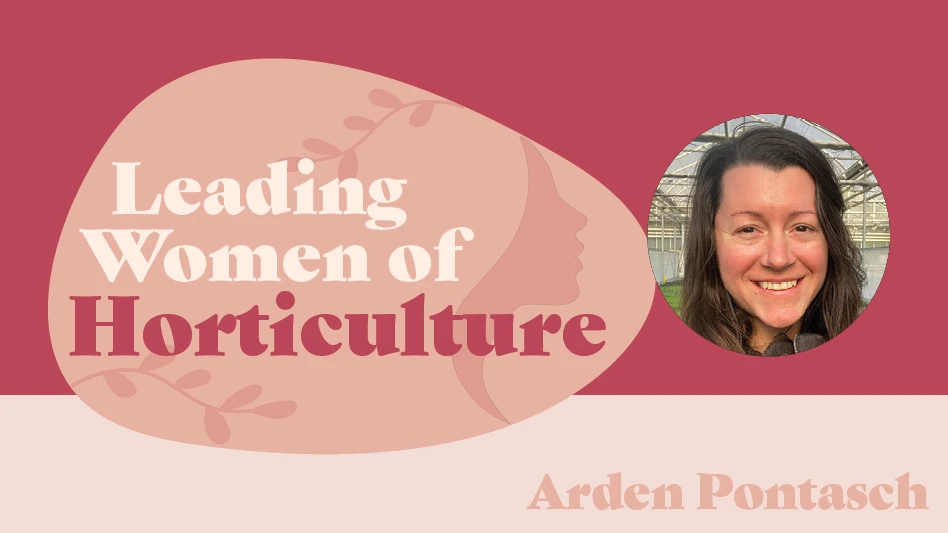One key concept to successful transplanting is when a plant has “hardened off.” Plants growing outside naturally acclimate to changing weather. These plants have toughened up for the winter, but plants grown in an environmentally-controlled greenhouse must be prepared before being transplanted.
Hardening-off is important because it reduces plant stress. It can sometimes take several weeks for newly transplanted plants to really take off and begin growing. Some of this delay is natural, since the plant will generally put energy into establishing a larger root system to support the plant before working on foliage growth. However, this delay will be increased if the plant is stressed. Stress can have long lasting impacts on a plant.
Q. What does the term “hardening off" mean?
A. Hardening off is a term used to refer to the processes necessary for a plant to become acclimated to its environment. In the spring, it’s common practice to gradually accustom greenhouse vegetable seedlings to full sunlight and drying winds before planting them.
In the fall, trees begin to harden off or acclimate themselves to harsh winter conditions beginning with lower temperatures and shorter days. Deciduous trees and shrubs shed leaves and transfer sap into the roots. These types of plants develop an “anti-freeze" solute that protects cells within the plant tissue from freezing during winter dormancy.
Acclimation for evergreens is similar. Solutes are produced to guard against freezing, but evergreens don’t go dormant. They continue to produce “food” through photosynthesis during the entire winter. In the winter months, evergreens continue to take water in through the roots and extrude it through the leaves. This is called transpiration.
We can’t change the weather, but there are some things that can be done to help landscape plants survive winter conditions.
• Heavy snow and ice break branches. The solution is to wrap or tie vulnerable plants. Learn proper pruning techniques.
• Winter winds and direct sun cause freezing and thawing just below the bark. The solution is to use tree wrap to protect thin tree bark.
Source: University of New Hampshire Extension
Get curated news on YOUR industry.
Enter your email to receive our newsletters.Latest from Nursery Management
- The Growth Industry Episode 3: Across the Pond with Neville Stein
- Trends: Proven Winners 2025 perennial survey shows strong demand
- Online registration opens for the 2025 Farwest Show
- Sustainabloom launches Wholesale Nickel Program to support floriculture sustainability
- Plant breeding as an art
- Society of American Florists accepting entries for 2025 Marketer of the Year Contest
- American Horticultural Society welcomes five new board members
- Get to know Christopher Brown Jr. of Lancaster Farms







